Cargando...
Recursos educativos
-
Nivel educativo
-
Competencias
-
Tipología
-
Idioma
-
Tipo de medio
-
Tipo de actividad
-
Destinatarios
-
Tipo de audiencia
-
Creador
Lo más buscado
- Español para extranjeros
- Múltiplos de 1
- Actividades para secundaria para imprimir
- Competencias básicas
- Objeto digital de aprendizaje
- fichas colorear
- exámenes selectividad
- Palabras con r y rr
- Actividades con divisiones por dos cifras
- Tintín
- Actividades de lenguaje para primaria
- Biosfera
- Educación para el ocio
- Aprender a bailar
- lectura para niños
-
Final self-evaluation T14 01 - The world today
EduBook Organización
- 2417 visitas
Are the following sentences true or false?: The Iraqi dictator, Osama Bin Laden, invaded the small Gulf state of Kuwait in 1990. The Treaty of Maastricht came into effect in November 1993, officially…
-
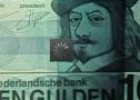
History of the Single Currency
EducaMadrid Organización
- 1 lo usan
- 6989 visitas
On February 7, 1992, the leaders of the then twelve members of the EU agreed on an ambitious document that heralded a number of major achievements, above all the creation of a single currency, the euro.…
-
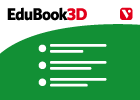
Art in the 19th century
EduBook Organización
- 1 lo usan
- 29078 visitas
The end of the 18th century marked a transition from Rococo art, which embodied the aesthetics of the Ancien Régime, to neoclassicism. Neoclassicism was based on the classical art and culture of…
-

Summarise. Art in the 19th century
EduBook Organización
- 8343 visitas
Summarise the text. Write paragraph headings. The end of the 18th century marked a transition from Rococo art, which embodied the aesthetics of the Ancien Régime, to neoclassicism. Neoclassicism was…
-
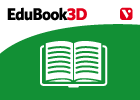
Introduction - Art in the 19th century
EduBook Organización
- 6343 visitas
The end of the 18th century marked a transition from Rococo art, which embodied the aesthetics of the Ancien Régime, to neoclassicism. Neoclassicism was based on the classical art and culture of…
-
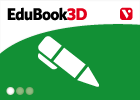
Check. The Roman province of Hispania
EduBook Organización
- 6095 visitas
Review what you have studied and answer the questions: Which war ended with Rome in control of the Iberian Peninsula? How long did the Roman conquest of Hispania take? How did Hispania's economy…
-
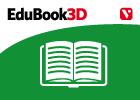
Renaissance art
EduBook Organización
- 6012 visitas
Renaissance art originated in Italy. It can be divided into two periods: the Quattrocento, which developed in Florence in the 15th century, and the Cinquecento, which originated in Rome in the 16th…
-

Check. The Roman Empire
EduBook Organización
- 5963 visitas
Review what you have studied and do the activities: Why was Augustus chosen to be Rome's first emperor? Compare the system of government in the Empire to that of the Republic. What were the main…
-

Before you start - The legacy of classical culture
EduBook Organización
- 5826 visitas
Didactic objectives Appreciate the importance of classical culture in the development of rational thought and identify the most important Roman and Greek thinkers. Describe the greco-roman pantheon and…
-
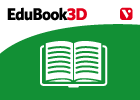
End-of-unit evaluation - Art in the 19th century
EduBook Organización
- 5735 visitas
The end of the 18th century marked a transition from Rococo art, which embodied the aesthetics of the Ancien Régime, to neoclassicism. Neoclassicism was based on the classical art and culture of…
Te estamos redirigiendo a la ficha del libro...













